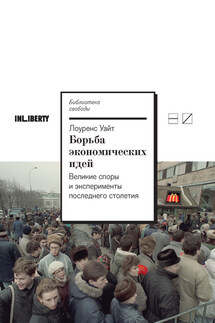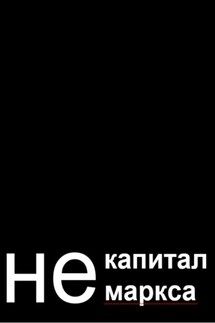The General Theory of Capital: Self-Reproduction of Humans Through Increasing Meanings - страница 69
“1. Uncertainty that can be reduced by increasing information given the existing stock of knowledge. 2. Uncertainty that can be reduced by increasing the stock of knowledge within the existing institutional framework. 3. Uncertainty that can be reduced only by altering the institutional framework. 4. Uncertainty in the face of novel situations that entails restructuring beliefs. 5. Residual uncertainty that provides the foundation for ‘non-rational’ beliefs” (North 2005, p. 17).
Accordingly, several types of costs can be distinguished. First, there are technological / transformation costs. As we have seen, people discover patterns in the natural and cultural environment (habitat and domus) through causal models, that is, knowledge. Current technological expenses reduce the uncertainty within the existing knowledge stock. But sometimes, to reduce uncertainty, it is necessary to increase the stock of knowledge, that is, to invest in technology.
In addition to technological costs, there are inevitably costs for coordinating activities and making decisions. We call them organizational and psychological costs, respectively. Organizational expenses and investments are losses caused by distrust and injustice, which require activities to create and maintain institutions and change the existing institutional framework. Psychological costs are losses caused by prejudice, false beliefs and indecision, which require actions to change the belief structure, motivate and stimulate.
Organizational and psychological costs thus differ from technological costs. In the new institutional economics, organizational and psychological costs are summarized under the term transaction costs. Although transaction costs are defined as the costs of running institutions, they also include the costs of decision-making (cf. Coase 1988, p. 6; Richter and Furubotn 2005, p. 12). In what follows, we will always keep this dual nature of transaction costs in mind.
“Residual uncertainty” that cannot be eliminated by spending and investing is the basis for irrational beliefs and profits. Uncertainty has a dual nature. On the one hand, it is a necessary condition for the existence of profit. If everyone knew everything, no one could make a profit. On the other hand, “in the presence of uncertainty—a necessary condition for the existence of profits—there is no meaningful criterion for selecting the decision that will ‘maximize profits’” (Alchian 1950, p. 212). Profits are always based on chance and their size is always random.
Profit is an uncertainty that is integrated as an inherent part in the process of self-reproduction of culture-society; therefore profit is also a meaning. Like any meaning, profit cannot always be “maximized” here and now: for its maximization, decisions by individuals are not enough, but socio-cultural evolution is required:
“There is an alternative method which treats the decisions and criteria dictated by the economic system as more important than those made by the individuals in it. By backing away from the trees—the optimization calculus by individual units—we can better discern the forest of impersonal market forces. This approach directs attention to the interrelationships of the environment and the prevailing types of economic behavior which appear through a process of economic natural selection. Yet it does not imply that individual foresight and action do not affect the nature of the existing state of affairs” (Alchian 1950, p. 213).







